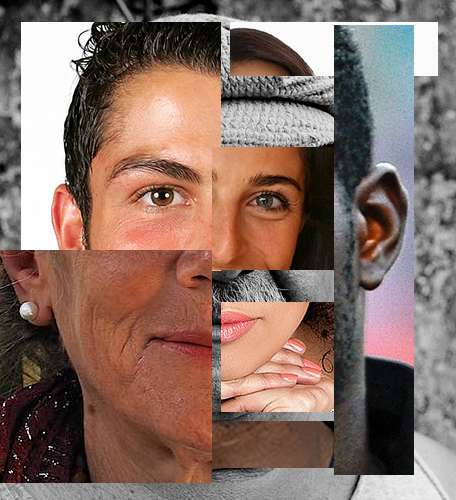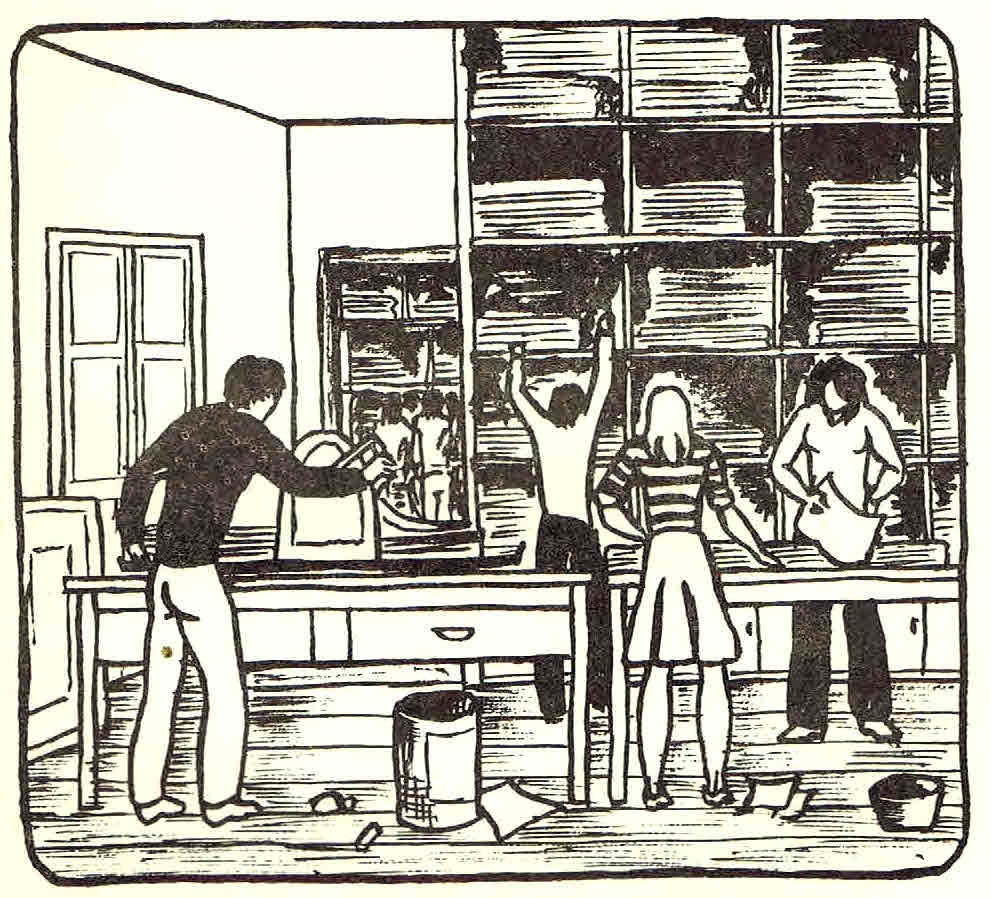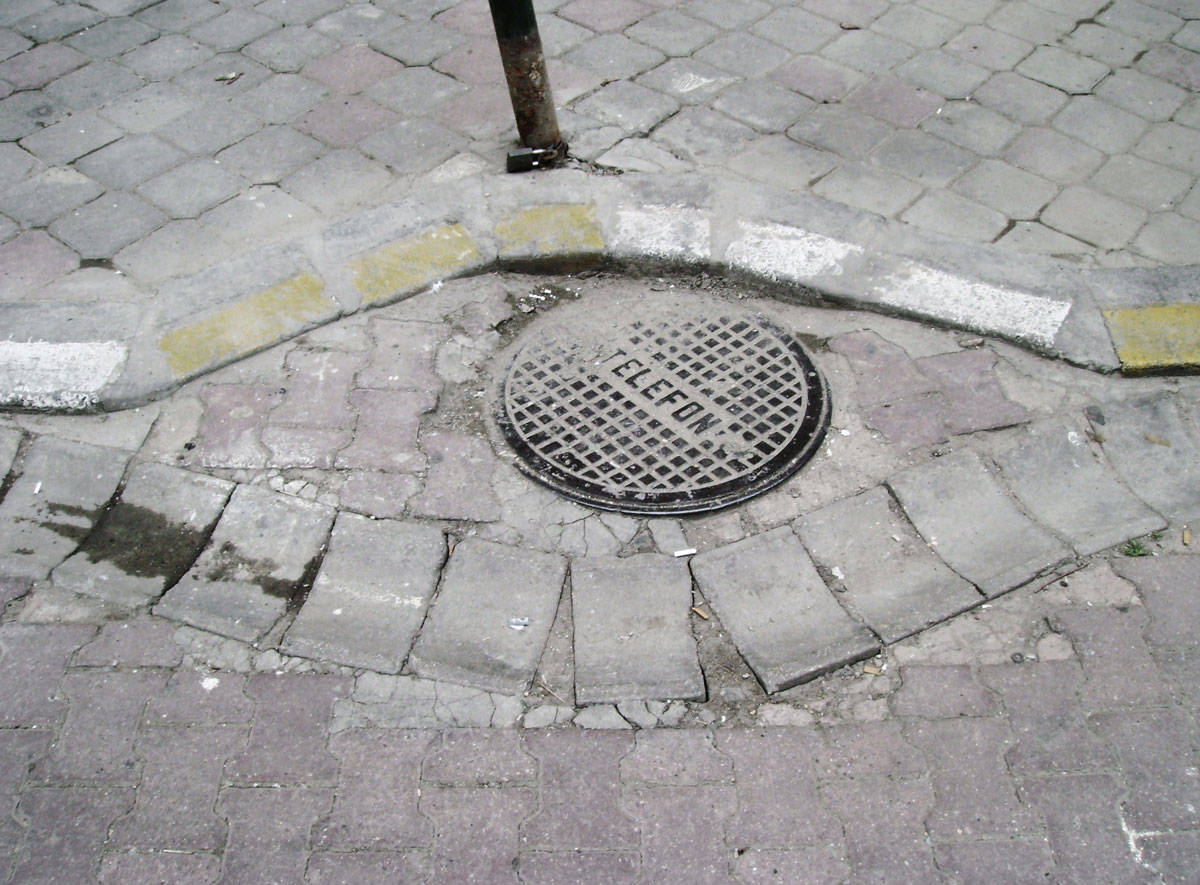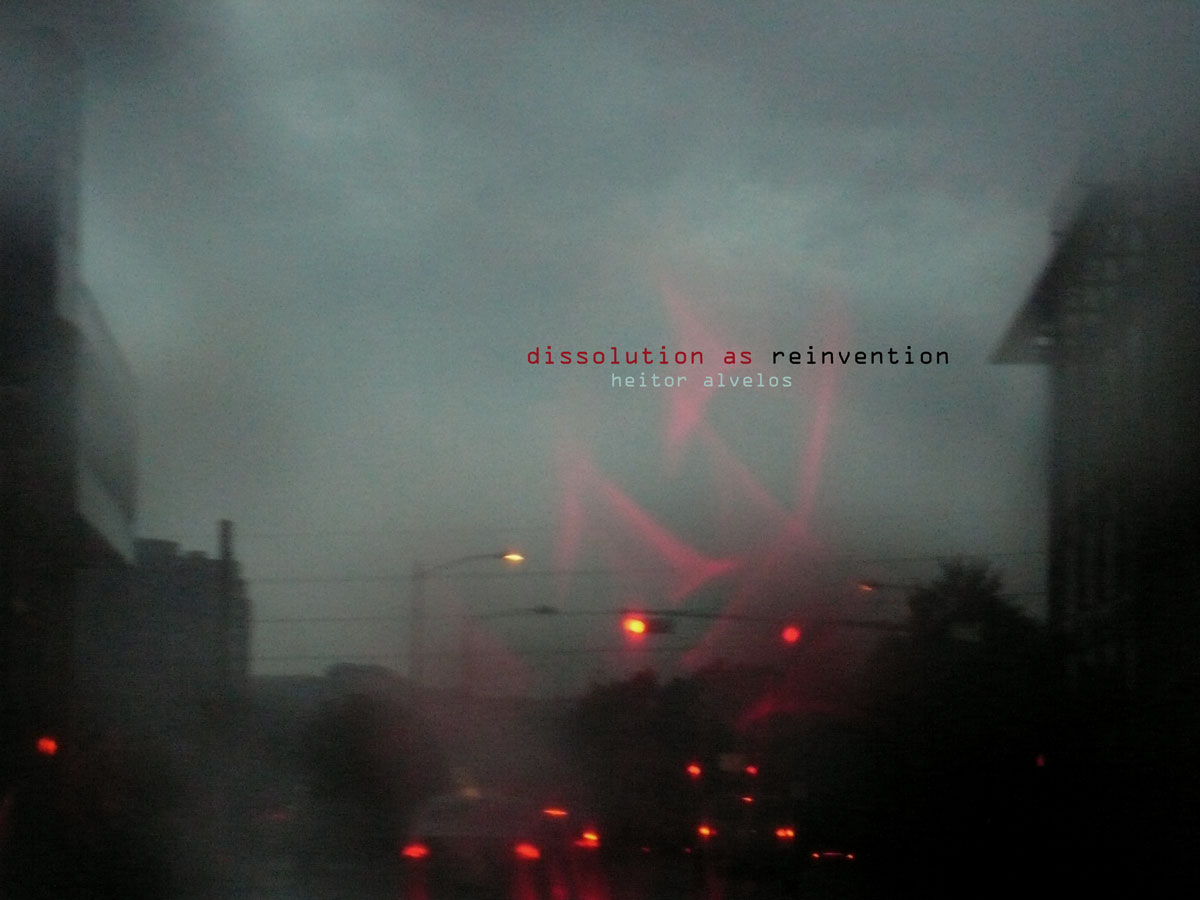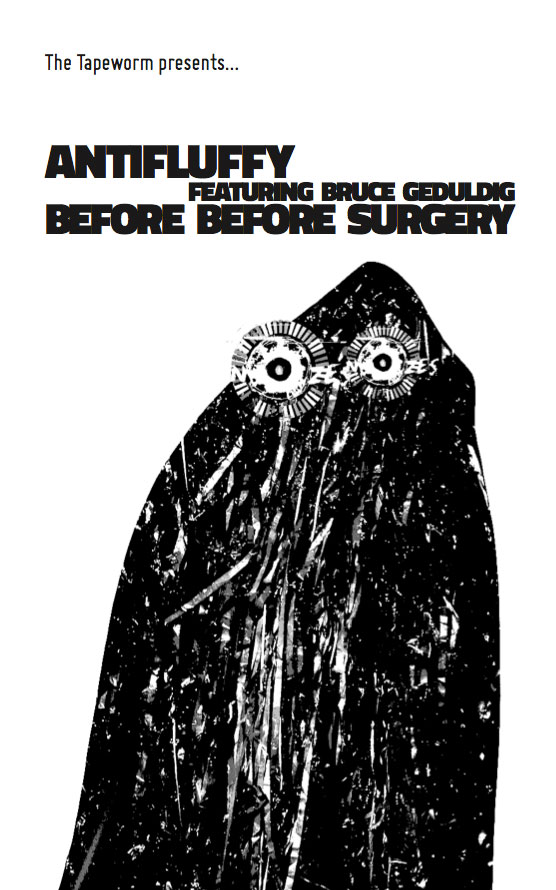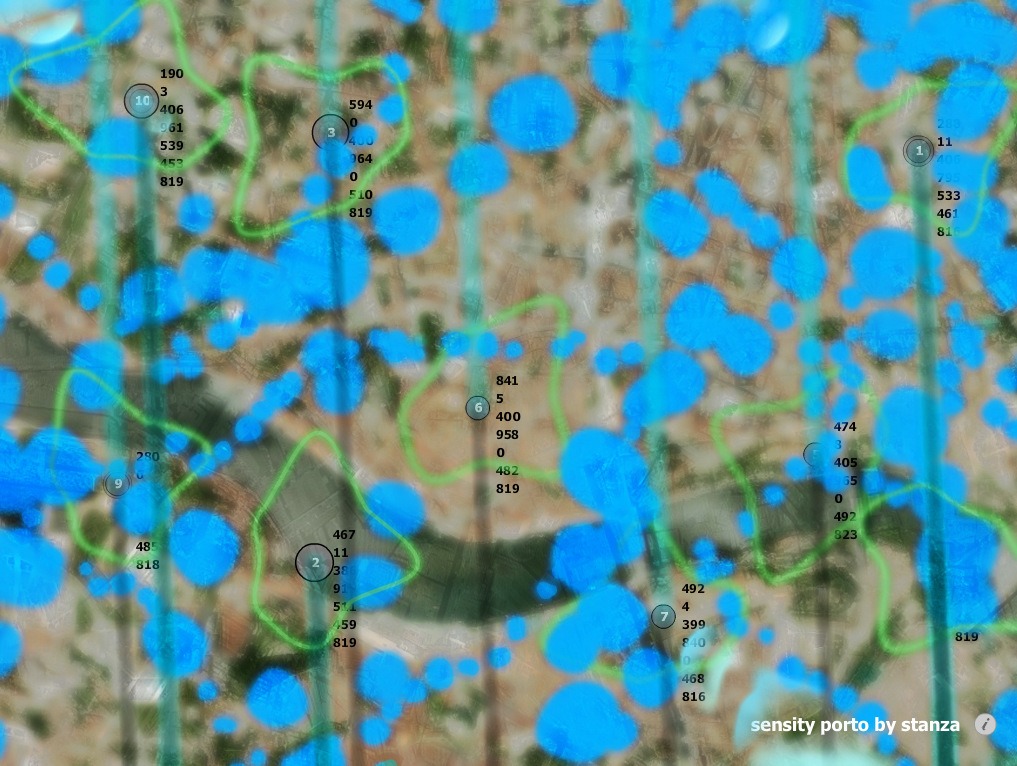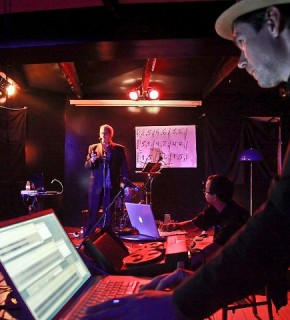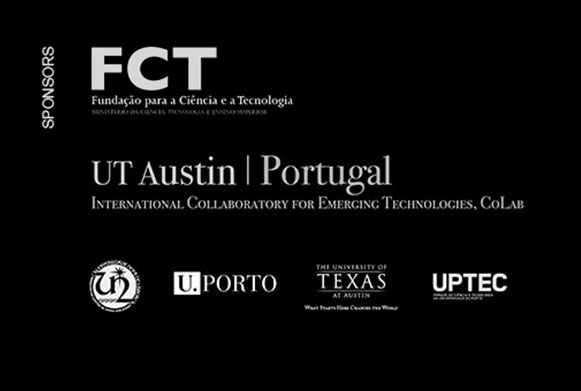
Interactive Sound Installation
Conductive thread, custom electronics, speakers, wood, silver bead
270H x 400L x 25W cm
2nd Prize Winner in Future Places – Digital Media Festival 2009
“Based on their observation that the Dom Luis I Bridge and the Brooklyn Bridge roughly reflect one another across a horizontal access, their elegant project explores the thin line where two different linguistic and cultural territories can connect and engage in conversation. The engaging and very tactile project allows for user created conversation, as well as deep reflection on the metaphor of wire in todayʼs digital society.”
Jurors Hugh Forrest, Karen Kocher and Cristina Sá
INSPIRATION
Oporto-Brooklyn Bridge is an interactive installation, making room for a “thought bridge” that creates a hybrid Oporto-Brooklyn community. The fruit of an ongoing collaboration between Naomi Kaly, an Israeli New Media artist, and Alyssa Casey, an American painter and paper maker, the installation explores ways in which technology fosters new forms of communication, meant to bridge cultural, linguistic and ethnic gaps. Based on the observation that the Dom Luis I Bridge and the Brooklyn Bridge roughly reflect one another across a horizontal axis, the installation for Future Places evokes a confluence of voices from both locations. In place of the horizontal “roadway” of each bridge are conductive threads with encoded audio that symbolically connects the two remote sites.
PRODUCTION
Prior to the festival, and in consideration of Heidegger’s interpretation of a bridge (“The bridge is a location),” a group of pedestrians, representing a diversity of cultures, genders and ages, were asked to stop for a short interview while crossing the Brooklyn bridge. Questions were designed to reflect personal interpretations of the notion of bridge. Individuals were encouraged to go beyond the actual definition, to imagine and describe their fantasy bridge: “Given unlimited resources (time, materials) what would be your fantasy bridge? Where would it lead? What would it be made of? What would be the shape? How would you call it?” Upon arriving to Oporto, we conducted the same process over the Dom Luis I Bridge. Final fragments of audio—syllables, words and sentences- collected, processed, and edited— were merged into a hybrid conversational space: local visitors bring to life distant people and remote locations, challenging notions of community, proximity, connection, and interaction.
DESIGN
Homage to the histories of communication, Oporto-Brooklyn Bridge is designed as two poles, between which a system of lines is suspended. Conductive threads, which look and feel like conventional thread, yet conduct electricity, replace the standard phone and electric wires. One wooden pole contains a custom-made circuit, responsible for decoding the exact location of the silver bead on the threads. At the heart of the circuit is an Atom microcontroller, programmed to analyze the participants’ movement, select the language and playback the specific audio track. Amplified, the designated track is played through the proper speaker (one in each pole) depending on the language.
INTERACTION
Sliding a small bead along the conductive threads, participants trigger a program that scans, deciphers, and plays the encoded audio; walking to the west or east reveals sections of English or Portuguese audio respectively. The conductive thread is mapped into sections each encoding a pair of English and Portuguese audio tracks that creating a dialogue carefully selected according to content, identity of the speaker, or voice intonation. For example, the final Portuguese track, spoken by an elderly gentleman, “Now I’m waiting for the last bridge to take me to the other side” pairs with a young woman, “To see the people from your past”. The illusorily continuous audio offers points of transition; hardware and software allow readers to explore and manipulate the usually inaccessible intersections between two tongues: unfamiliar sounds emerge, new language is born. Sliding the bead along the conductive strings, visitors construct the Oporto-Brooklyn Bridge: linear gesture is translated into a non-linear sonic narrative; the audience decodes the hidden audio, unfolding a multilingual and multicultural intricate oral web of urbanism.
FUTURE PLACES
Ever geared toward higher efficiency, technology elevated the computer as the main arena for communication. Virtual human interaction is instant and immediate: to ‘chat’, ‘share’, and ‘meet’ occurs over the network, predominantly remaining, however, within familiar social and cultural boundaries. The installation suggests an alternative form of connection: “From right here we may even be much nearer to that bridge and to what it makes room for than someone who uses it daily as an indifferent river crossing”… (Heidegger, “Building, Dwelling, Thinking”). First in a series of installations that connect pairs of remote locations around the world, the Oporto-Brooklyn Bridge makes room for a “thought bridge”: a productive platform for freedom, tolerance, and mutual exchange. We envision a unified “fantasy bridge”, coalescing these linear bridges into an organic, multi-axial network.

